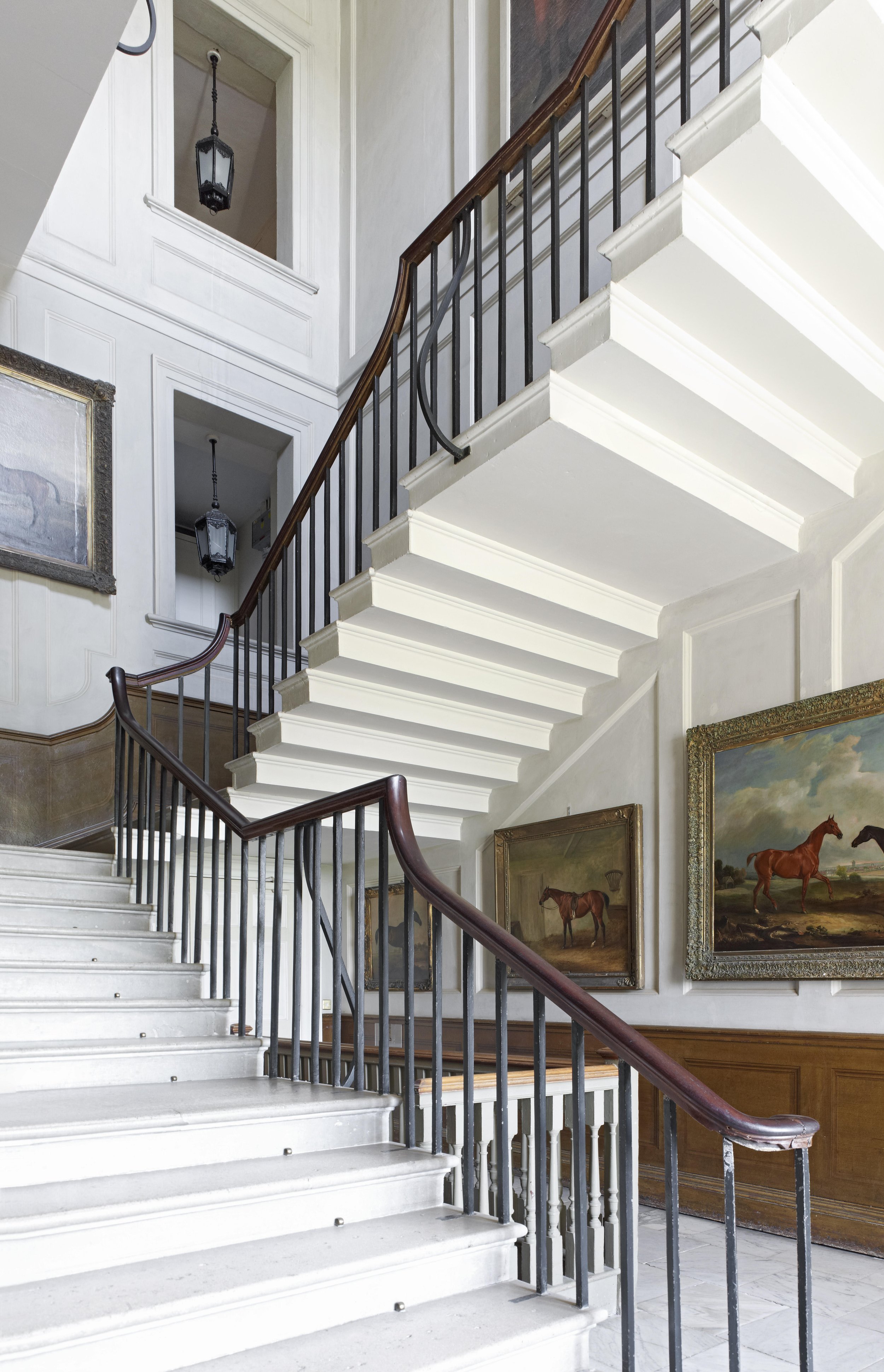Clandon must be restored: A letter from an architect to the National Trust
Recently published restoration plans for Clandon Park
The National Trust is making a grave mistake in failing to recognise the relevance and importance of the original interiors. As a Chartered Architect who has spent many years living locally, I write to inform you of this and set out my reasoning below.
Clandon House is a masterwork of late 18th century architecture, interior design and landscaping. It should be preserved for the nation, for present and future. By contrast, the proposed brick shell holds little possibility to provide historical relevance or a quality visitor experience. The proposals to retain the brick shell only seem to me to be marketing focussed, with negligible real value.
Why preservation?
The interiors were recognised for outstanding architectural design, an innovative composition of spaces, and for providing an understanding of the way of life of the mid-18th century. The original interiors also allow for an appreciation of the architect's original vision of a complex and poetic interrelationship between internal spaces and external landscaped areas.
The ruin may provide some greater understanding of the processes which built the house. However, this does not warrant its remaining in this state. A similar understanding may be provided by alternative approaches, such as displaying photographs of the house in its ruined state, or leaving a single room in its ruined state. The decision to leave the whole house as a ruin cannot justifiably provide any significant benefits over the above two alternative approaches in which the construction history of the house is presented through more modest means.
A similar understanding may be provided by alternative approaches, such as displaying photographs of the house in its ruined state, or leaving a single room in its ruined state.
History’s relevance: when to retain, renovate or replace
At the heart of the arguments surrounding preservation is a deeper question. This must be answered with a professional standard of investigation for historical assets of great significance such as Clandon House. This question is: what is the function and relevance of the heritage asset to today’s society, and following on from this, what would represent its optimum viable use in the future?
To answer this question, one must similarly ask: if the heritage asset was destroyed, what impact would it make? Can it reasonably be lost or replaced by a contemporary entity? If not, which parts absolutely must be retained, which parts can be modified, and which parts replaced?
I consider this question has not been asked in any detail as of yet. It is clear that if this question is asked in detail, then our above conclusions regarding preservation become more profound.
The brilliance of the original interiors have a relevance in their poetic, aesthetic expression of a past way of life, and a use in their representation to the public of a set of outstanding domestic rooms with a clear relationship to landscaped exteriors. The interiors' ability to provide us an understanding of a particular way of life in the 18th century provides relevance historically and a use in allowing visitors to learn and experience this.
Therefore, the question must be viewed on a philosophical level. Do we wish our present and future society to contain such outstanding domestic spaces, open to the public to enjoy and experience? Do we wish to understand and cherish the links between the way of life of the 18th century and our own?
Or do we wish, instead, in our pusillanimity and naivety, to present the public with a burnt brick hulk, and try to convince them that this in some way represents merit and provides for an informative visit? I have no doubt that such an approach will be unsuccessful.
Related to the above, a final question must be asked: in comparison to the relevance of the original interiors, what is the enduring legacy of the fire and its relevance to future generations? Clearly, the fire was an accident and held little historical relevance. This is in contrast to the house, which clearly held a historical relevance of importance. It is therefore, a reasonable conclusion that the original house and its positive and outstanding vision should suffice in our memory and experience of the place, not the fire. This conclusion would seem simple to arrive at. Clearly, the right questions need to be asked and have not. This conclusion would recommend the original interiors be restored.
Clearly, the fire was an accident and held little historical relevance. This is in contrast to the house, which clearly held a historical relevance of importance. It is therefore, a reasonable conclusion that the original house and its positive and outstanding vision should suffice in our memory and experience of the place, not the fire.
Financial matters
The restoration project may appear to incur greater costs than keeping the building in its current state. However, it seems clear that funding for such a restoration, should a campaign be launched, would be easily found. Funding could be sourced from within the National Trust membership or properties, or through campaigns aimed at interested groups in London or the general public. As such, the financial argument for avoiding the restoration cannot be deemed a reasonable factor in the decision making process.
Functional matters
It is argued that the proposals for keeping the building in its ruined state would create a new space for holding events. It is clear that the scale and variety of the original interiors, if restored, would also create useful events spaces of an equal quality, and certainly a greater diversity. Furthermore, surely the key aims of the trust are to restore and enhance historic buildings, not provide events spaces - regardless of the income this may provide. An events space is not the key function of the building and there are plenty of other events venues in the vicinity which would provide superior spaces. As such, the functional argument for avoiding the restoration cannot be deemed a reasonable factor in the decision making process.



